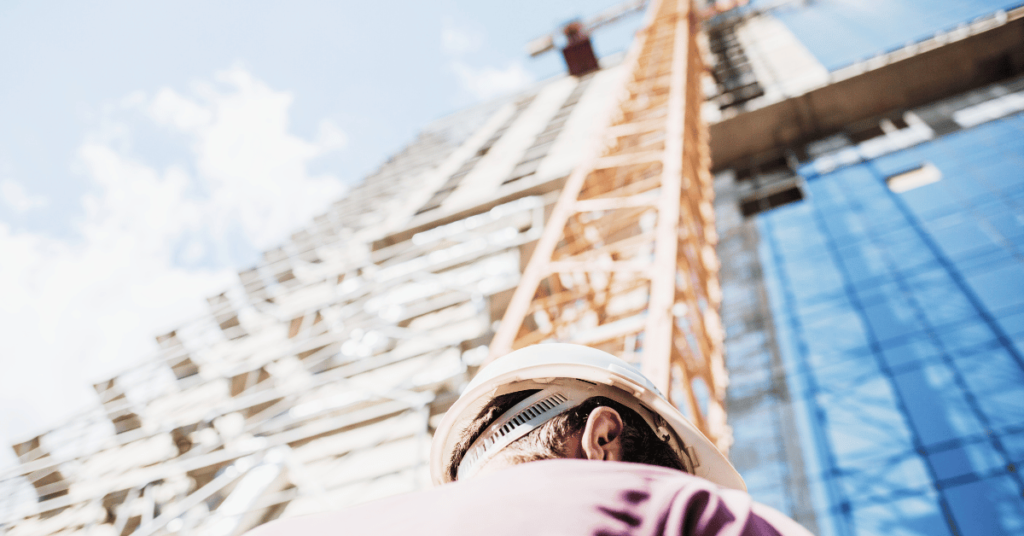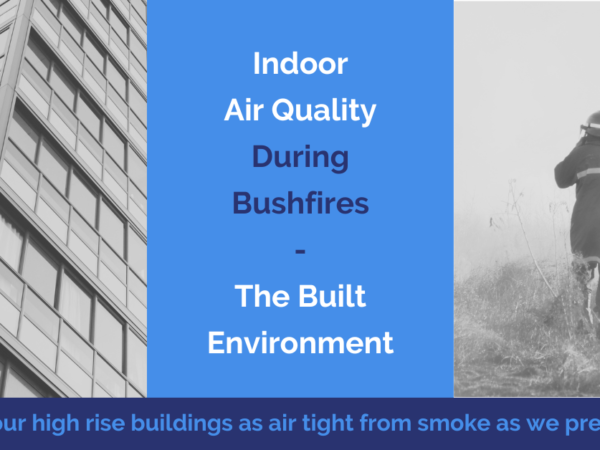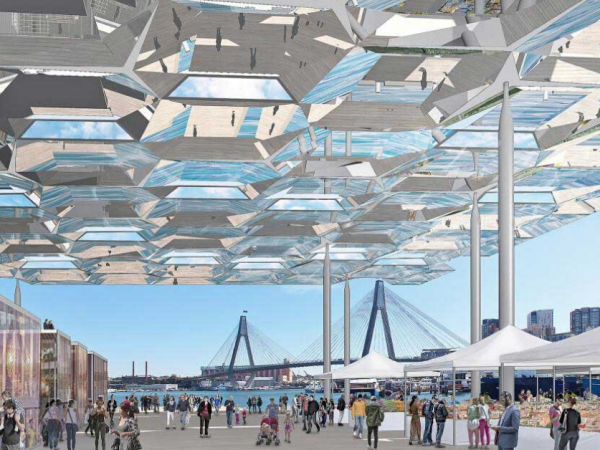As one of the largest contributors to carbon emissions, the construction industry is undoubtedly moving towards a zero-carbon future sooner rather than later. We examine whether concerns about the impact on construction jobs are warranted and explore the optimal strategies for both the industry and candidates to ready themselves for this transition.

Zero-carbon and construction jobs
Should you be worried about what zero-carbon initiatives will do to construction jobs?
We don’t believe so. With innovation, we think there will be job growth within design optimisation from the developer and project manager standpoints. There will be scope for smarter engineering that uses fewer materials safely. Along with the carbon offsets, there could be an improved yield, which can translate to better value builds where every person in the chain can benefit financially.
Zero-carbon initiatives – How should the construction industry prepare?
To proactively address some of the challenges and capitalise on the opportunities associated with zero-carbon initiatives, the industry as a whole can implement the following measures:
- Advocate for supportive government policies when developing regulatory frameworks that incentivise and mandate the adoption of sustainable construction practices. Engage with policymakers, industry associations, and advocacy groups to shape legislation that promotes carbon reduction targets, green building standards, and renewable energy incentives.
- Invest in research and development efforts to innovate new technologies, materials, and construction methods that minimise carbon emissions and environmental impact. This requires close collaboration between the government, manufacturers, academic institutions, research organisations, industry partners, and architects. For instance, the government could set zero-carbon goals through initiatives like the $10 billion hospital expansion program. Manufacturers should strive to produce more competitive products with lower carbon footprints, such as advancements in solar efficiency, glazing, improved building air tightness, prefabrication, and green walls. These solutions can be marketed to end buyers by highlighting reduced ongoing costs in heating and cooling, thus promoting sustainability.
- Provide comprehensive education and training programs to equip construction professionals with the knowledge, skills, and certifications needed to implement zero-carbon initiatives effectively. Develop curriculum modules, workshops, and certification pathways focused on sustainability, energy efficiency, and green building practices. The Green Building Council Australia (GBCA) offers a Climate Active Carbon Neutral certification as part of its Green Star submission process. For more information refer to the GBCA’s registration and fact sheet. Additionally, the Green Star Performance rating tool covers nine categories, including management, indoor environment quality, energy, transport, water, materials, land use and ecology. The National Australian Built Environment Rating System (NABERS) provides a pathway to attain Climate Active Carbon Neutral certification through its training hub. Universities also offer valuable programs, such as the University of Queensland’s acclaimed UQ Carbon Literacy Program.
- Foster collaboration and partnerships across the construction value chain, including developers, contractors, architects, engineers, suppliers, and subcontractors. The government should set targets and facilitate industry alliances, joint ventures, and collaborative platforms to share resources, expertise, and best practices for sustainable construction projects. This approach ensures collective contribution and ownership of the established framework by all stakeholders.
- Drive market transformation by creating demand for zero-carbon buildings and infrastructure through public awareness campaigns, consumer education initiatives, and market incentives. The government should incentivise developers, investors, and clients to prioritise sustainability in their project portfolios and procurement decisions, thus accelerating the shift to a low-carbon built environment. Specifically, inner city high rise green initiatives could be influenced by clients expressing dissatisfaction if developments fail to meet buyer expectations for sustainability. With buyers increasingly conscious of their environmental impact, there is a growing demand for zero-carbon footprint properties. Developers can differentiate their offering competitively by promoting their carbon-wise buildings.
Construction jobs in a zero-carbon era – Candidates
For candidates, now is the time to start thinking about and preparing for what is to come:
- What will jobs look like – which existing jobs will give way, and which new ones will be created?
- What are your avenues for upskilling now to prepare for the changes that are coming?
- What hybrid technologies will you need to know about?
Zero-carbon initiatives – How candidates can best prepare
By embracing zero-carbon initiatives and proactively addressing challenges, you’ll be setting yourself up well for exciting career opportunities whilst contributing to a more sustainable future. Some of the actions candidates can take to prepare for the challenges and opportunities ahead are:
- Enrol in specialised courses or certifications focused on sustainable construction practices, renewable energy systems, and eco-friendly building materials. Through continuous learning, stay updated on the latest advancements in green technologies and construction methodologies.
- Join industry-specific forums, online communities, and professional networks dedicated to sustainable construction. Engage in discussions, share knowledge, and collaborate with peers to exchange best practices and innovative ideas.
- Familiarise yourself with technologies such as Building Information Modelling (BIM), virtual reality (VR) simulations for energy-efficient design, and smart building automation systems. Explore hands-on training opportunities to master these tools and effectively use them in construction projects.
So, what does zero-carbon look like?
Here are 5 examples of zero-carbon initiatives:
- Passive House (Passivhaus) Design: Implementing ‘passive house’ principles involves designing buildings that achieve high levels of energy efficiency through superior insulation, airtight construction, and advanced ventilation systems. This initiative reduces the need for traditional heating and cooling systems, resulting in significant energy savings and lower carbon emissions. Plans have now been filed for Australia’s first Passivhaus office tower.
- Renewable Energy Integration: High-rise residential buildings can incorporate renewable energy technologies such as solar panels, wind turbines, and geothermal systems to generate clean, sustainable power onsite. By harnessing renewable energy sources, these buildings can reduce their reliance on fossil fuels and contribute to a zero-carbon future.
- Green Building Materials: Eco-friendly building materials, such as recycled steel, sustainably sourced timber, and low-emission concrete, help minimise the carbon footprint of high-rise construction projects. These materials have lower embodied carbon compared to traditional alternatives, making them an essential component of zero-carbon initiatives.
- Energy-Efficient Systems: Installing energy-efficient lighting, heating, ventilation, and air conditioning (HVAC) systems in high-rise residential buildings can significantly reduce energy consumption and associated carbon emissions. Smart building automation technologies further optimise energy use by adjusting systems based on occupancy, weather conditions, and other factors.
- Carbon Offsetting Strategies: Implementing carbon offsetting strategies, such as tree planting initiatives, community solar projects, or participation in carbon credit programs, allows high-rise residential developers to mitigate the carbon emissions associated with construction and operation. These initiatives help achieve net-zero or carbon-neutral status for buildings, aligning with sustainability goals.
Looking for your next construction job? Search our current construction roles here, or to chat with our team about securing your next opportunity, get in contact with us through our Contact Us page.
Receive our updates straight to your inbox




